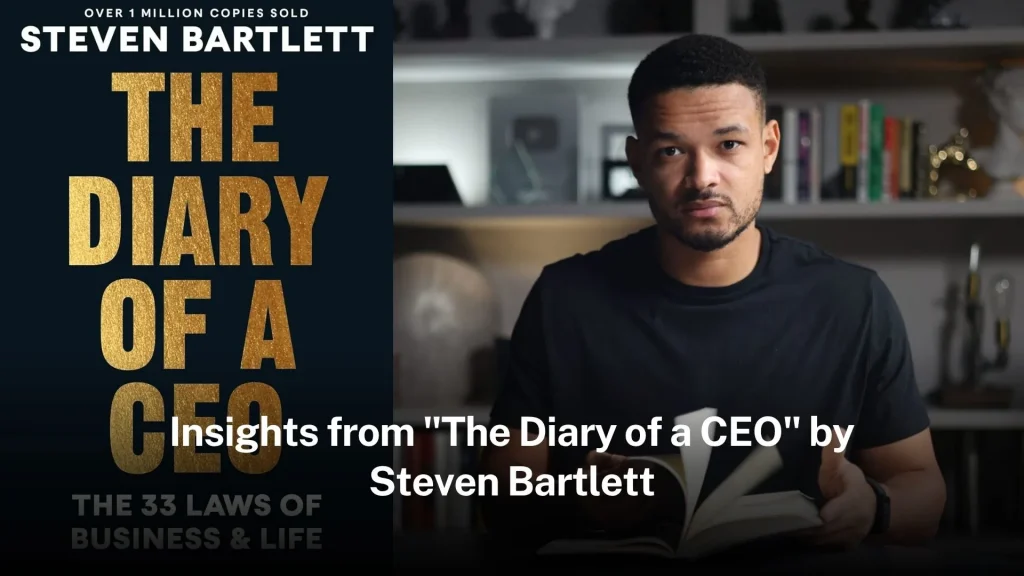In “Deep Work: Rules for Focused Success in a Distracted World,” Cal Newport explores the transformative power of deep, focused work. He argues that in our increasingly distracted world, the ability to concentrate without interruption is becoming rare but is more valuable than ever. Newport provides a compelling case for cultivating deep work habits and offers practical strategies to help individuals enhance their productivity and achieve greater success. Here are the key insights from “Deep Work” that can help you reclaim your focus and boost your performance.
Key Insights from “Deep Work”
1. The Value of Deep Work
Newport defines deep work as professional activities performed in a state of distraction-free concentration that pushes your cognitive capabilities to their limit. These efforts create new value, improve your skills, and are hard to replicate. He contrasts this with shallow work, which consists of non-cognitively demanding tasks that can be performed while distracted and do not create much new value in the world.
2. The Deep Work Hypothesis
The core premise of Newport’s book is the Deep Work Hypothesis: The ability to perform deep work is becoming increasingly rare and valuable in our economy. Consequently, those who cultivate this skill and make it the core of their working life will thrive. This hypothesis highlights the competitive edge gained by those who prioritize depth over breadth.
3. Four Rules for Deep Work
Newport outlines four rules to help individuals integrate deep work into their routines:
- Work Deeply: Build rituals and routines to minimize distractions and maximize focus. This includes scheduling deep work sessions, creating a dedicated workspace, and establishing clear boundaries.
- Embrace Boredom: Train your brain to resist distraction by scheduling breaks from focus and embracing periods of boredom. This helps build your ability to concentrate for extended periods.
- Quit Social Media: Assess the tools and platforms you use and eliminate those that do not provide significant benefits to your professional or personal life.
- Drain the Shallows: Reduce the time spent on shallow work by batching tasks, setting boundaries, and saying no to non-essential commitments.
4. Strategies for Implementing Deep Work
Rituals and Routines: Establishing consistent rituals and routines helps signal to your brain that it’s time to focus. Newport suggests creating a work environment conducive to deep work, setting a specific time for these sessions, and using cues like music or specific locations to trigger deep work states.
Monastic and Bimodal Approaches: Newport describes different approaches to integrating deep work into your life. The monastic approach involves dedicating long, uninterrupted periods to deep work, while the bimodal approach alternates between deep work and other tasks. Find the approach that best fits your lifestyle and commitments.
Scheduling Deep Work: Plan your deep work sessions in advance and treat them as non-negotiable appointments. Use time-blocking techniques to allocate specific hours of your day to deep work, ensuring you have sufficient periods of uninterrupted concentration.
Reducing Shallow Work: To maximize the time spent on deep work, identify and minimize shallow tasks. This might involve delegating, automating, or eliminating non-essential activities. Newport recommends setting limits on the amount of time spent on shallow work each day.
Conclusion of the book
“Deep Work” by Cal Newport is a powerful manifesto for anyone seeking to enhance their productivity and achieve greater success in a distracted world. By embracing the principles of deep work, individuals can cultivate their ability to focus, produce high-quality work, and gain a competitive advantage. Whether you’re a professional, student, or creative, the insights and strategies from “Deep Work” provide a practical roadmap for reclaiming your attention and achieving your most ambitious goals.









Leave a Reply